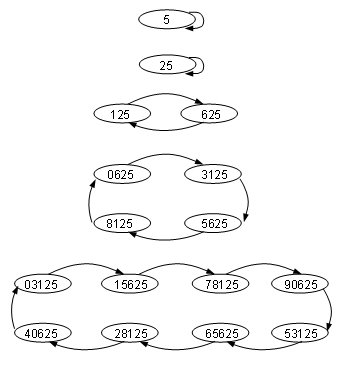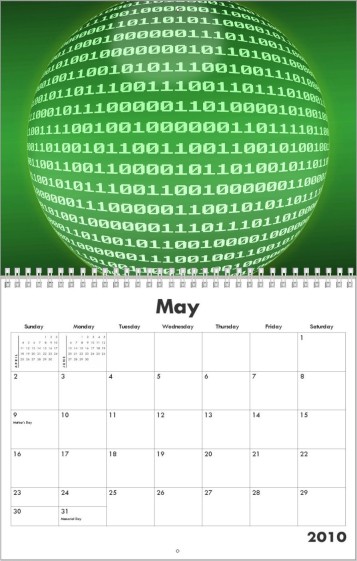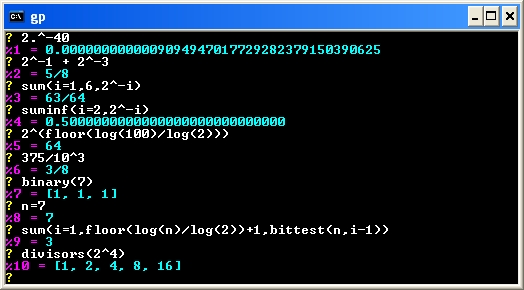In my article “Patterns in the Last Digits of the Positive Powers of Five” I noted that the positive powers of five modulo 10m cycle with period 2m-2, m ≥ 2, starting at 5m. In this article, I’ll present my proof, which has two parts:
- Part 1 shows that the powers of five mod 2m cycle with period 2m-2, m ≥ 2, starting at 50.
- Part 2 shows that the powers of five mod 10m cycle with the same period as the powers of five mod 2m, starting at 5m.
The highlight of my proof is in part 1, where I derive a formula to show that the period, or order, of 5 mod 2m is 2m-2. While it is in general not possible to derive a formula for the order of a number, I’ll show it is possible for the powers of five mod 2m — due to a hidden, binary structure I’ve uncovered.
Continue reading “Cycle Length of Powers of Five Mod Powers of Ten”




